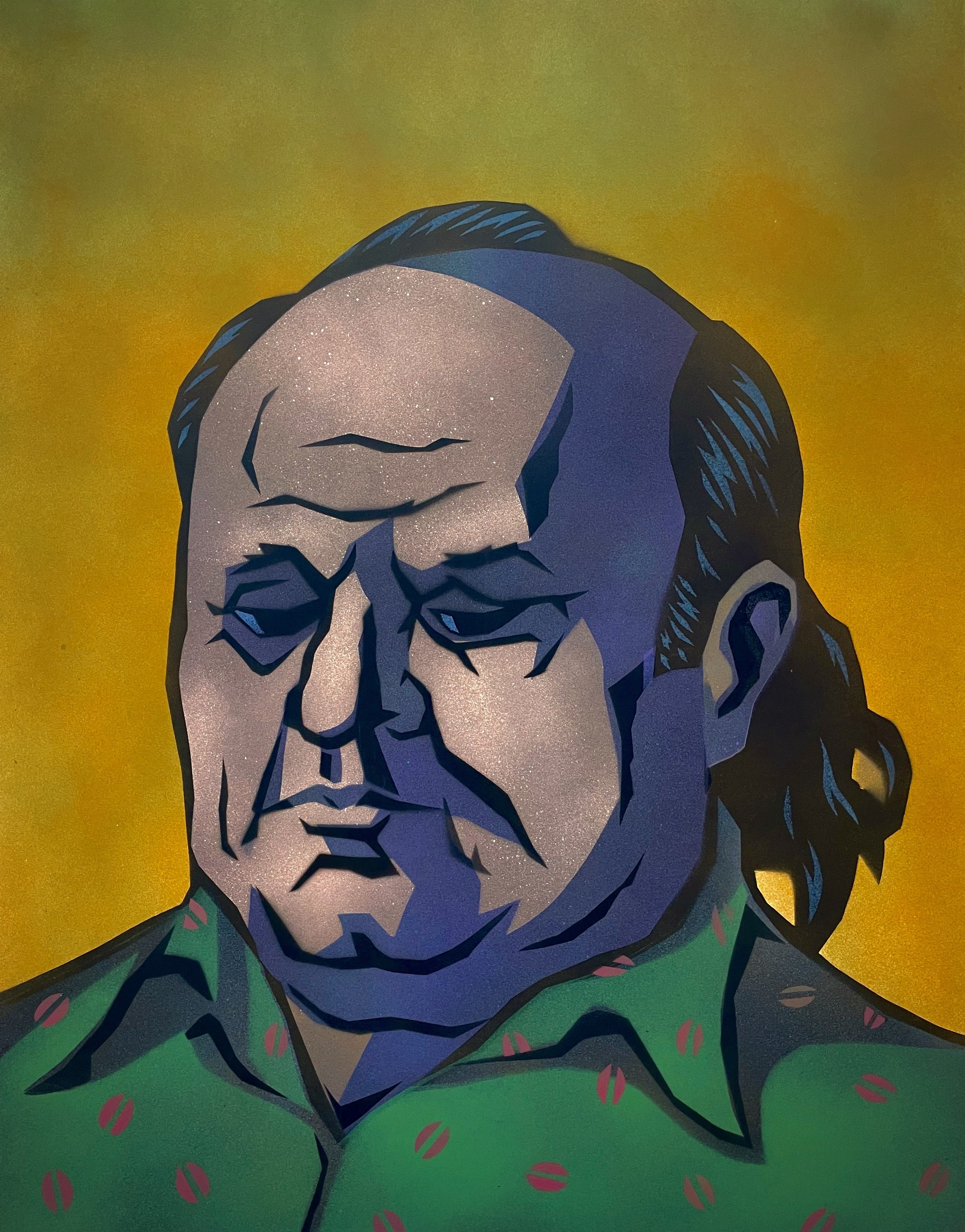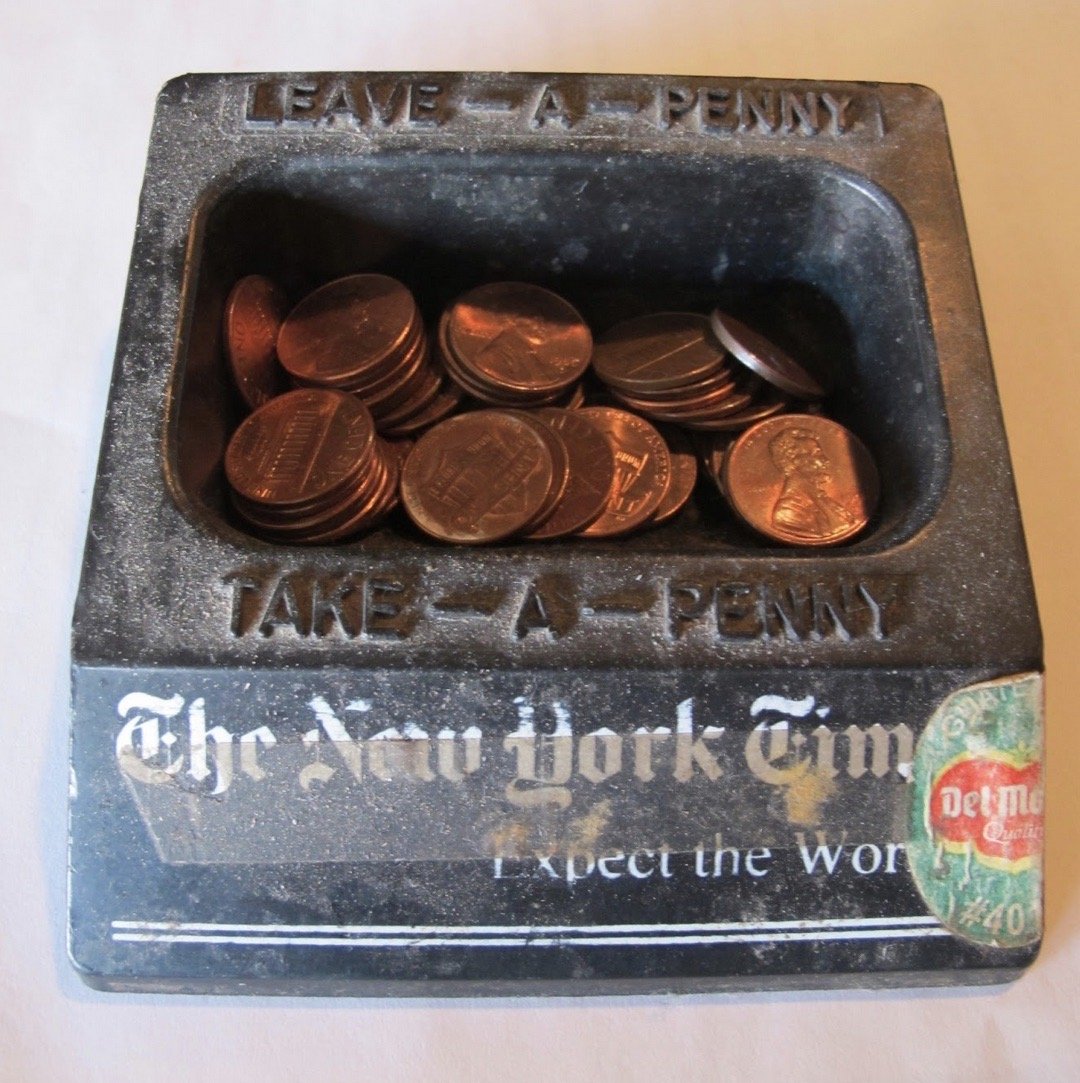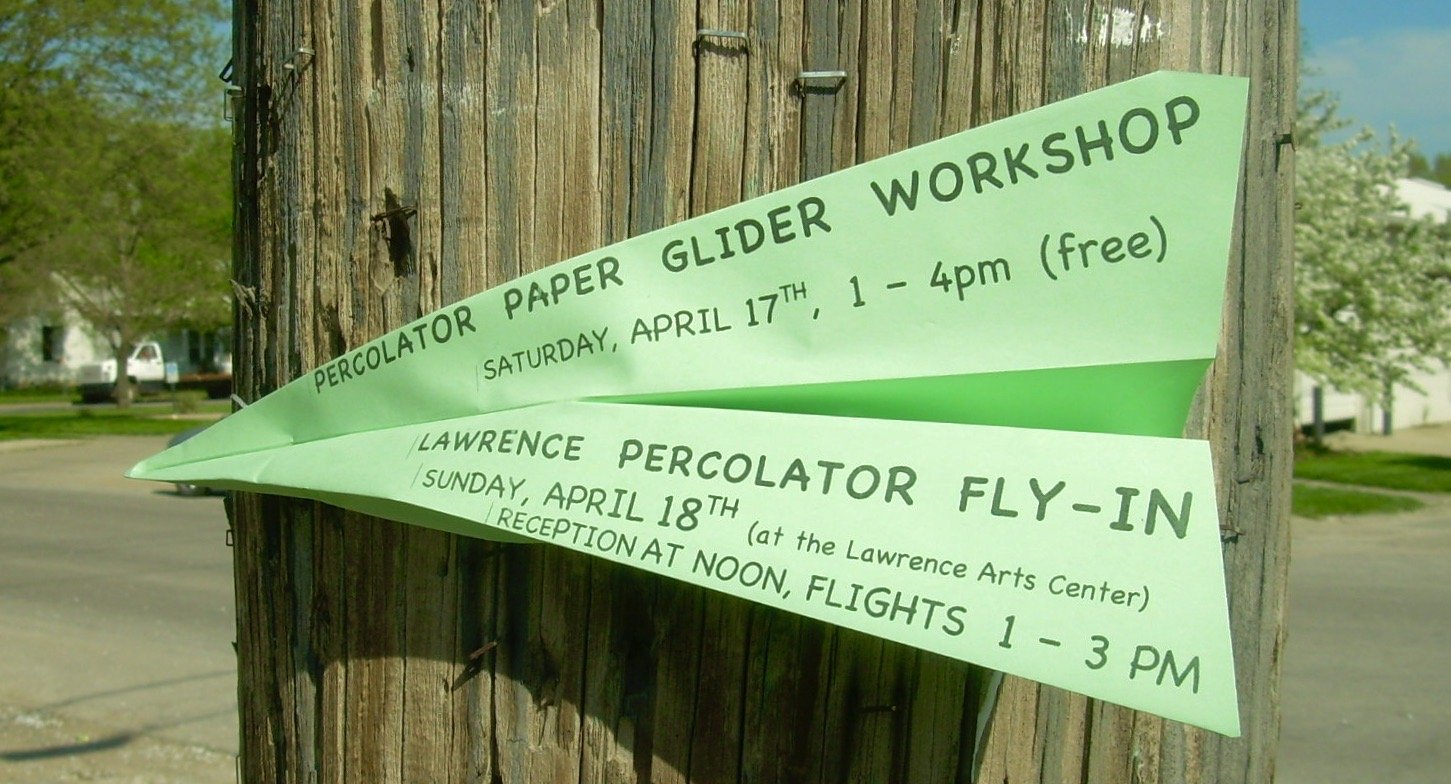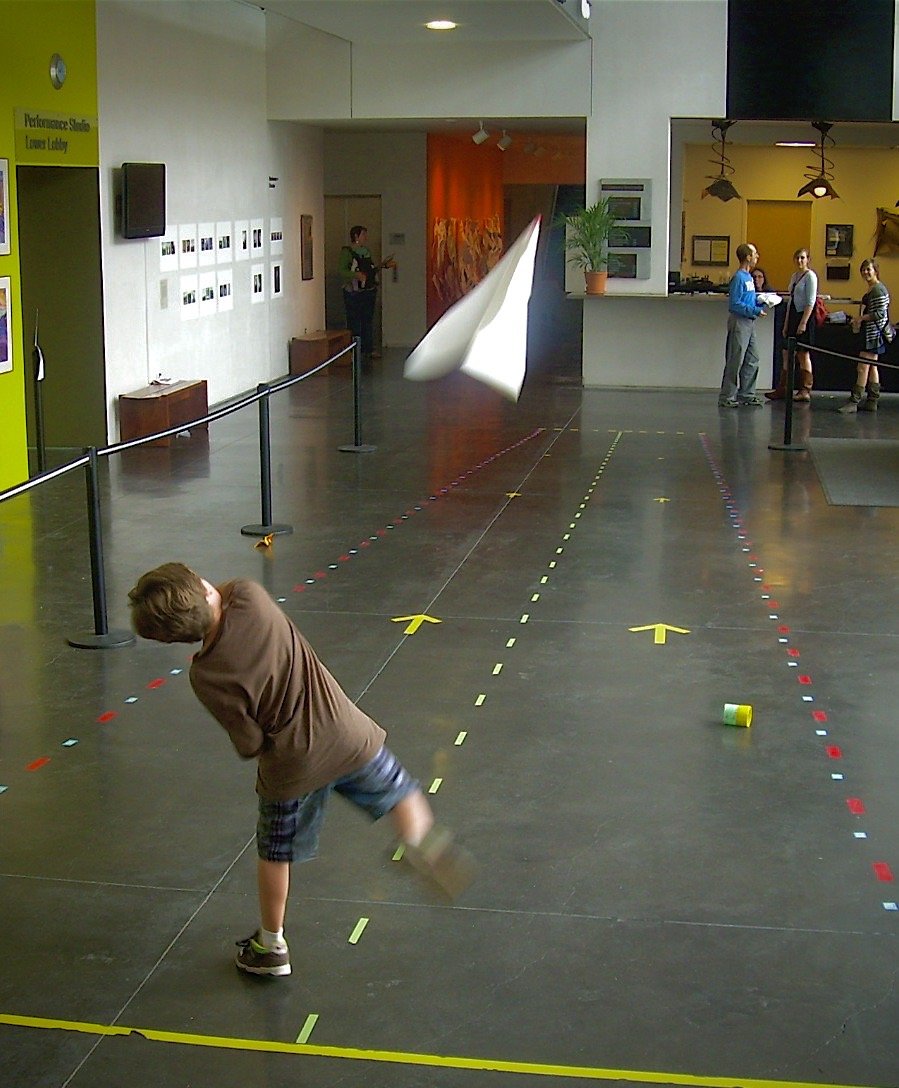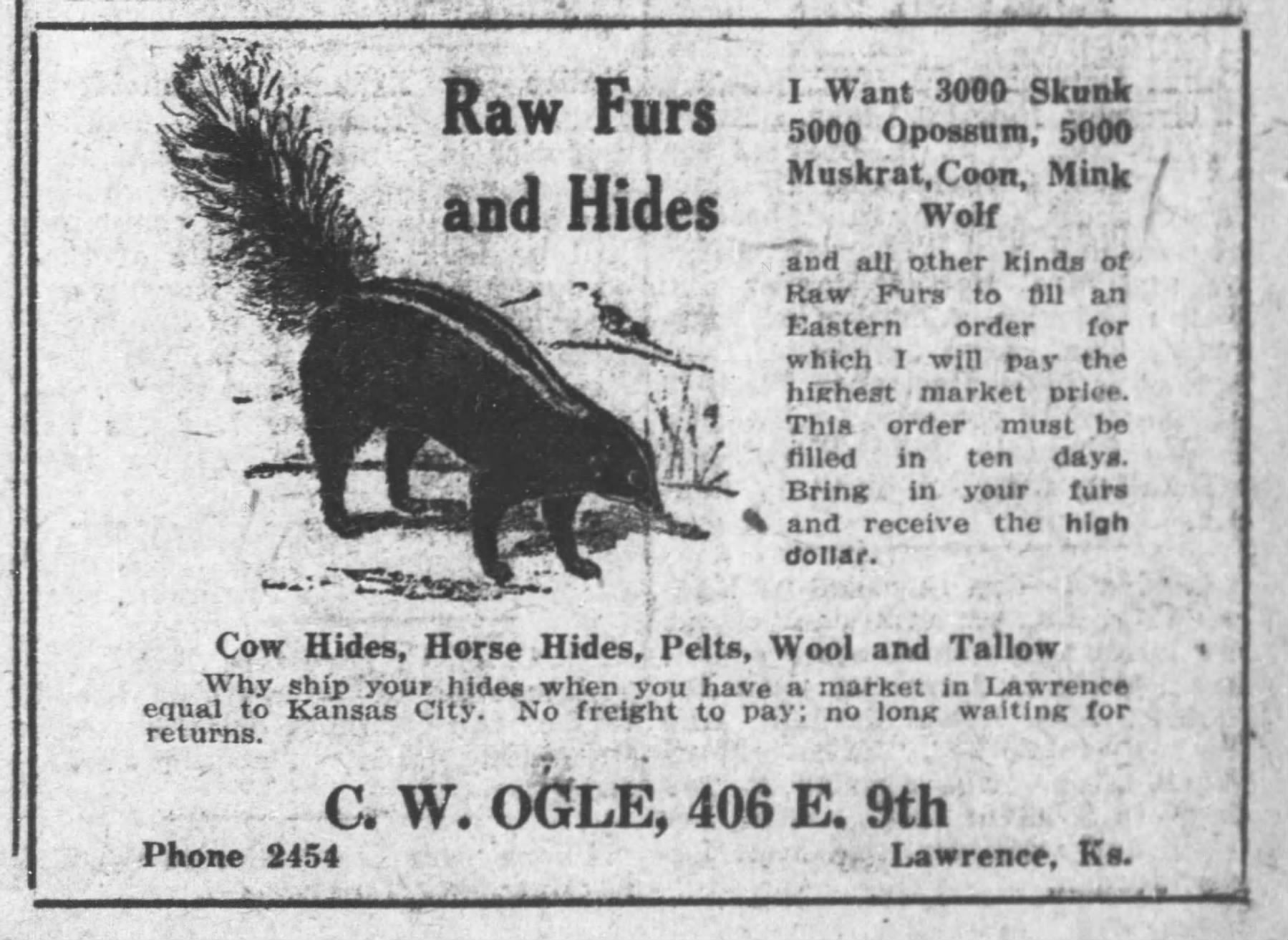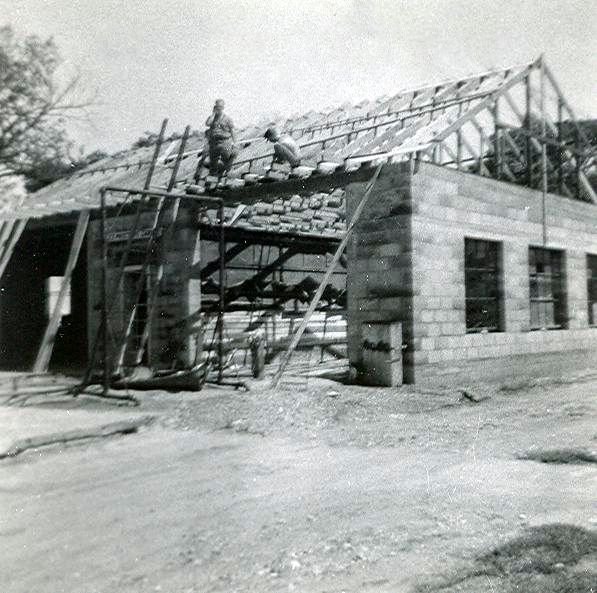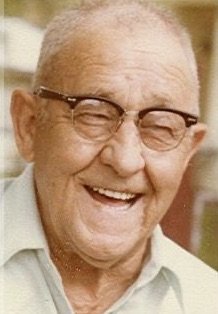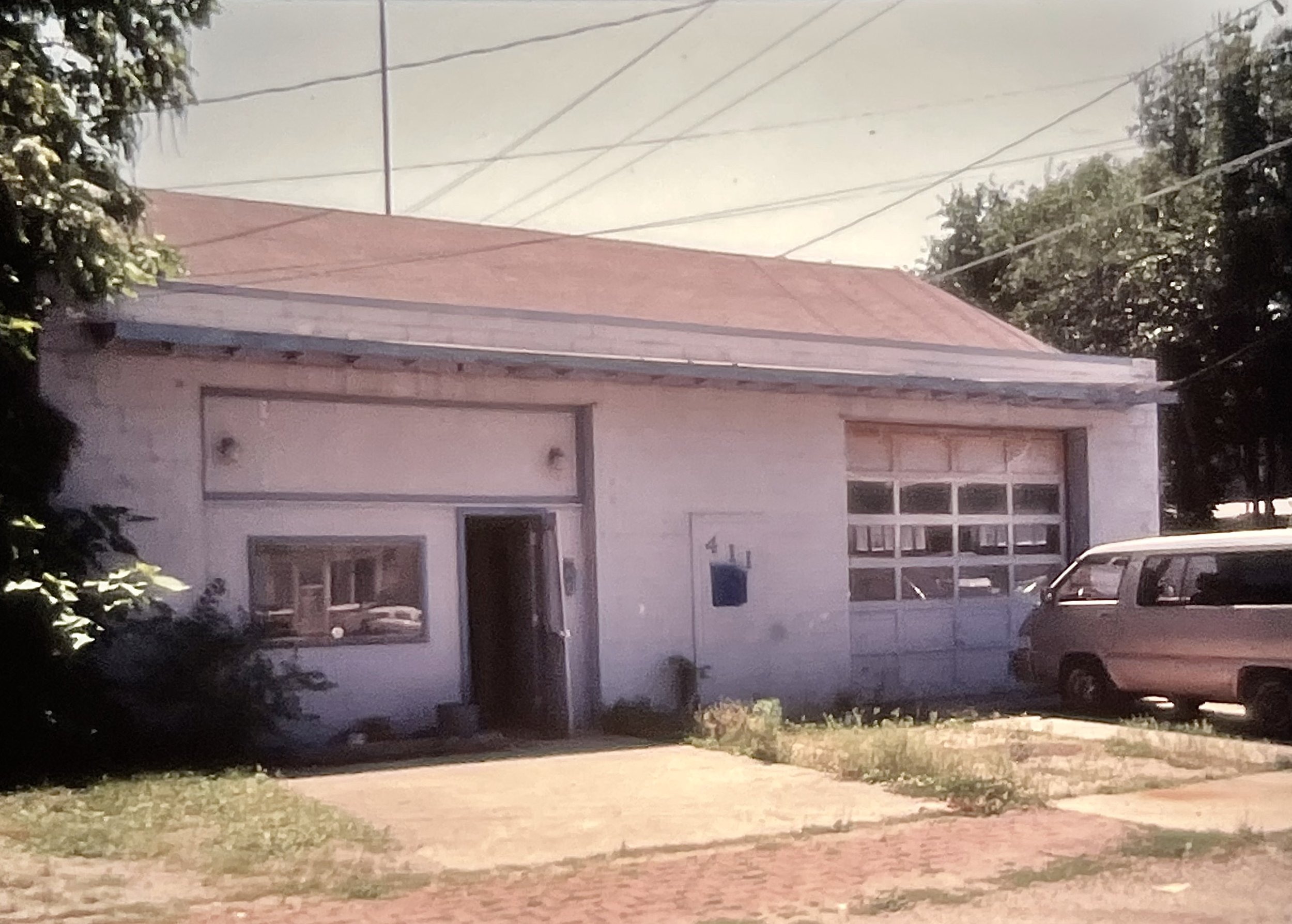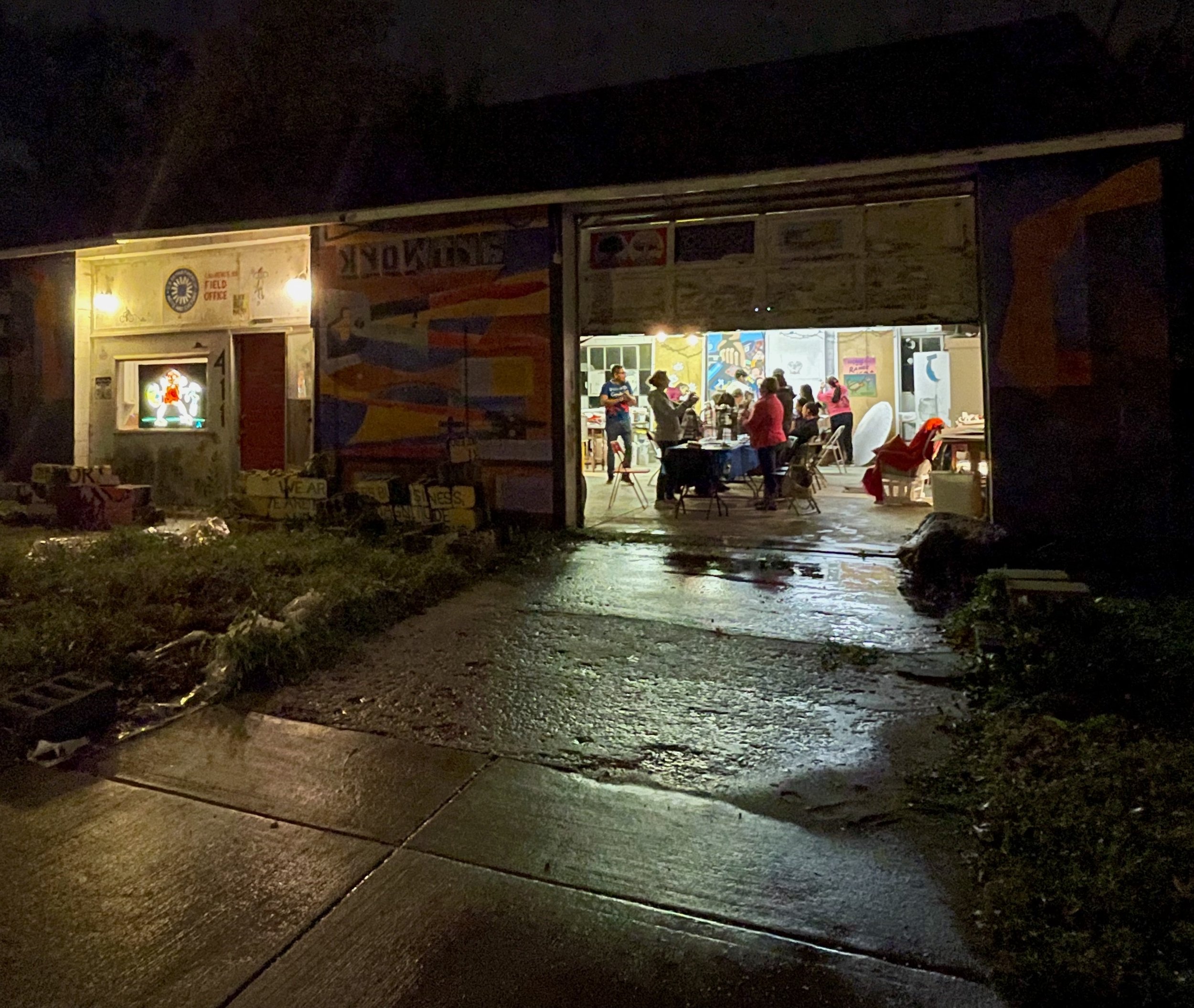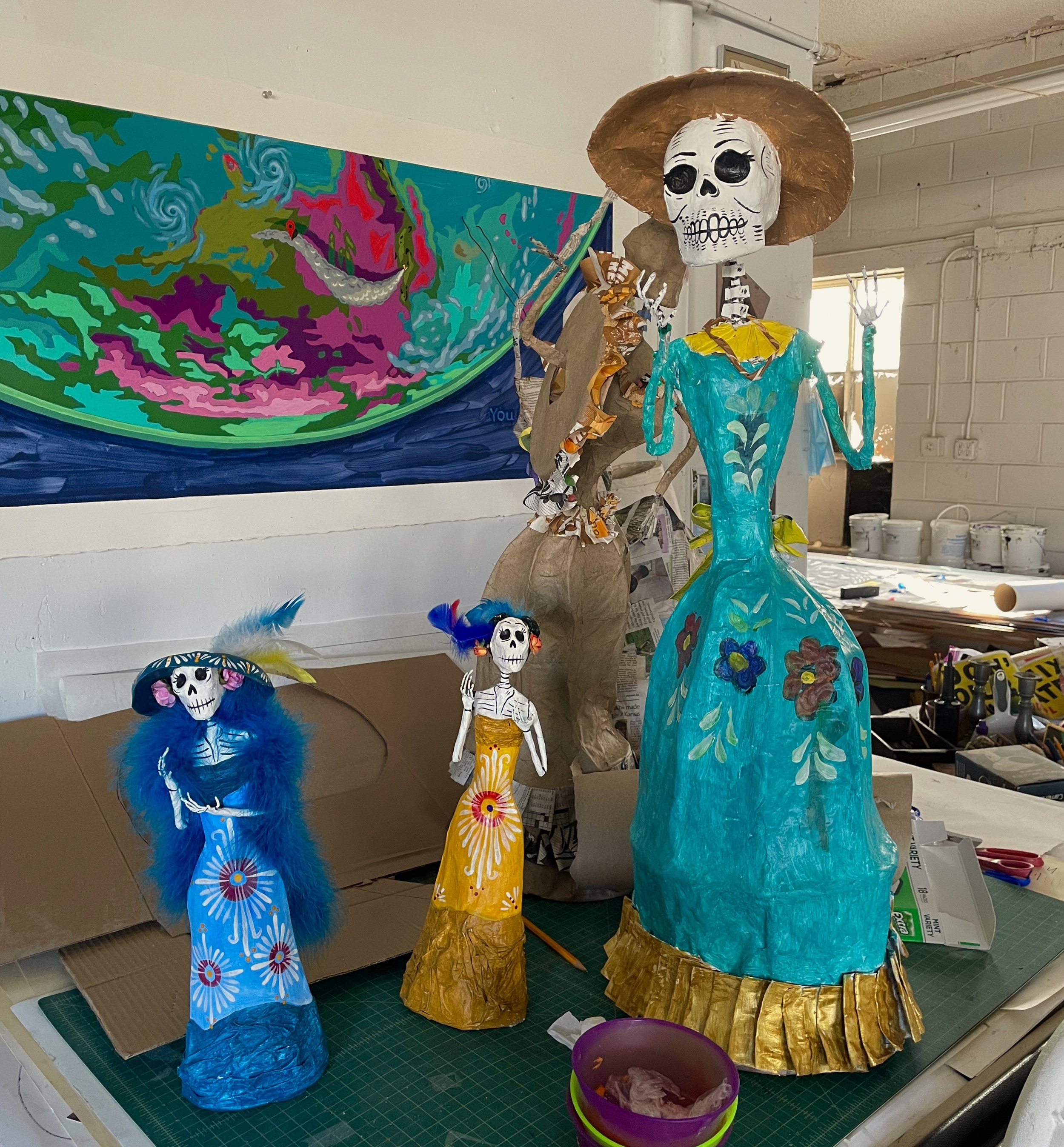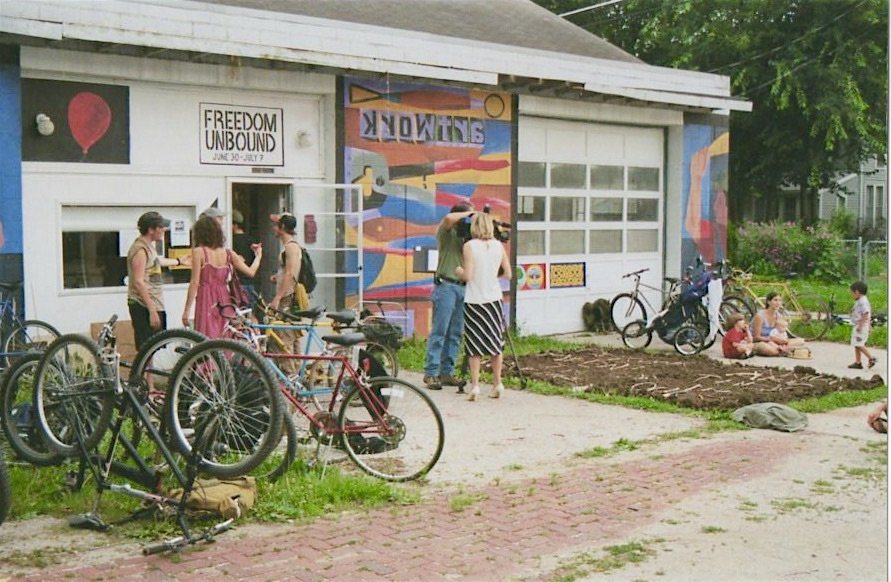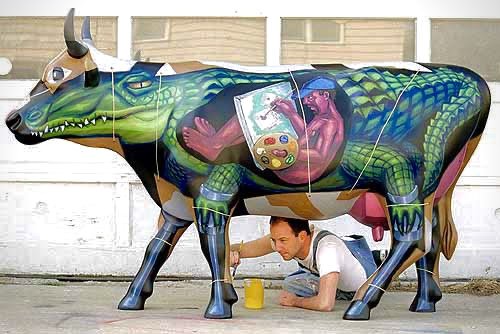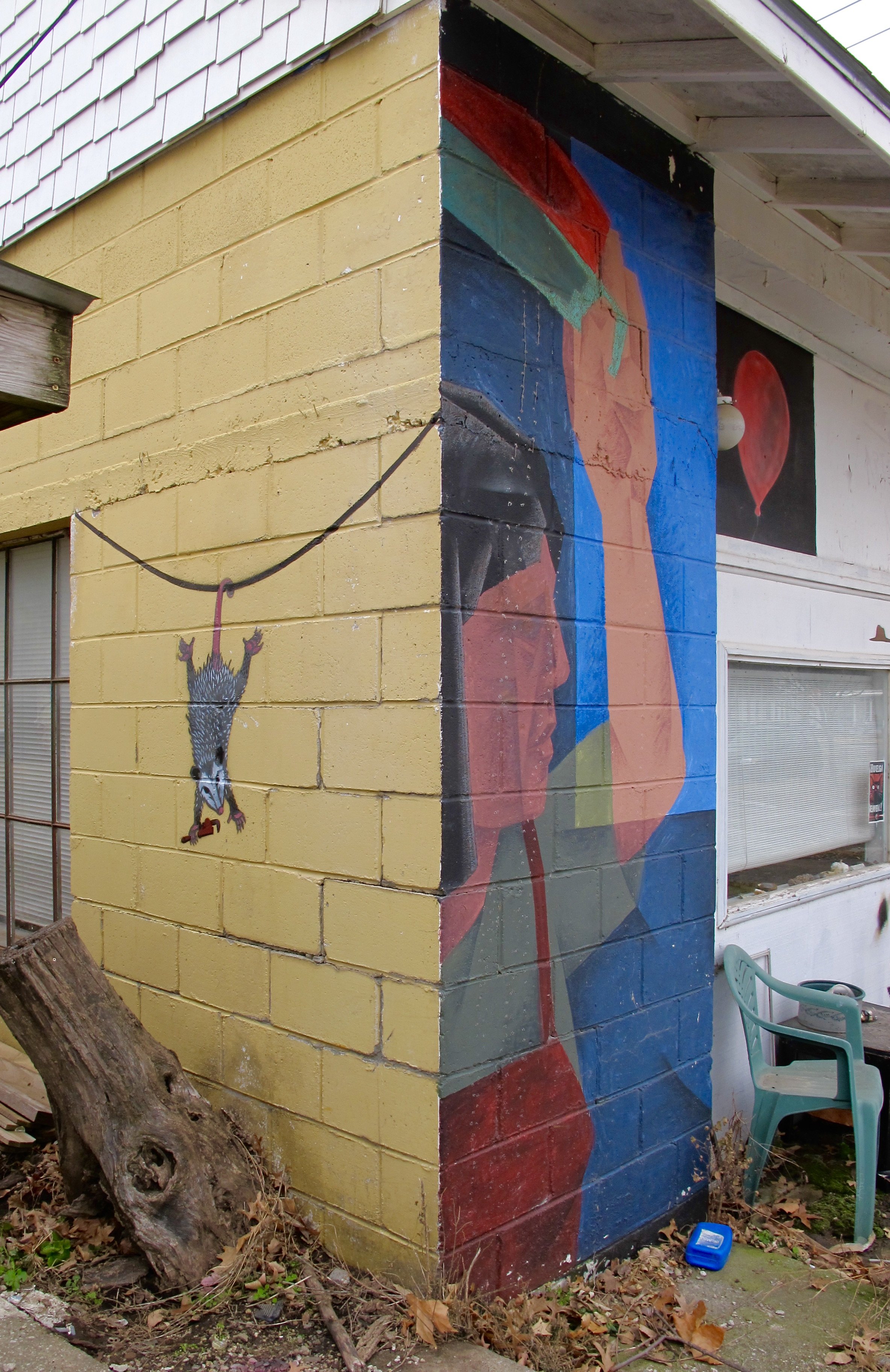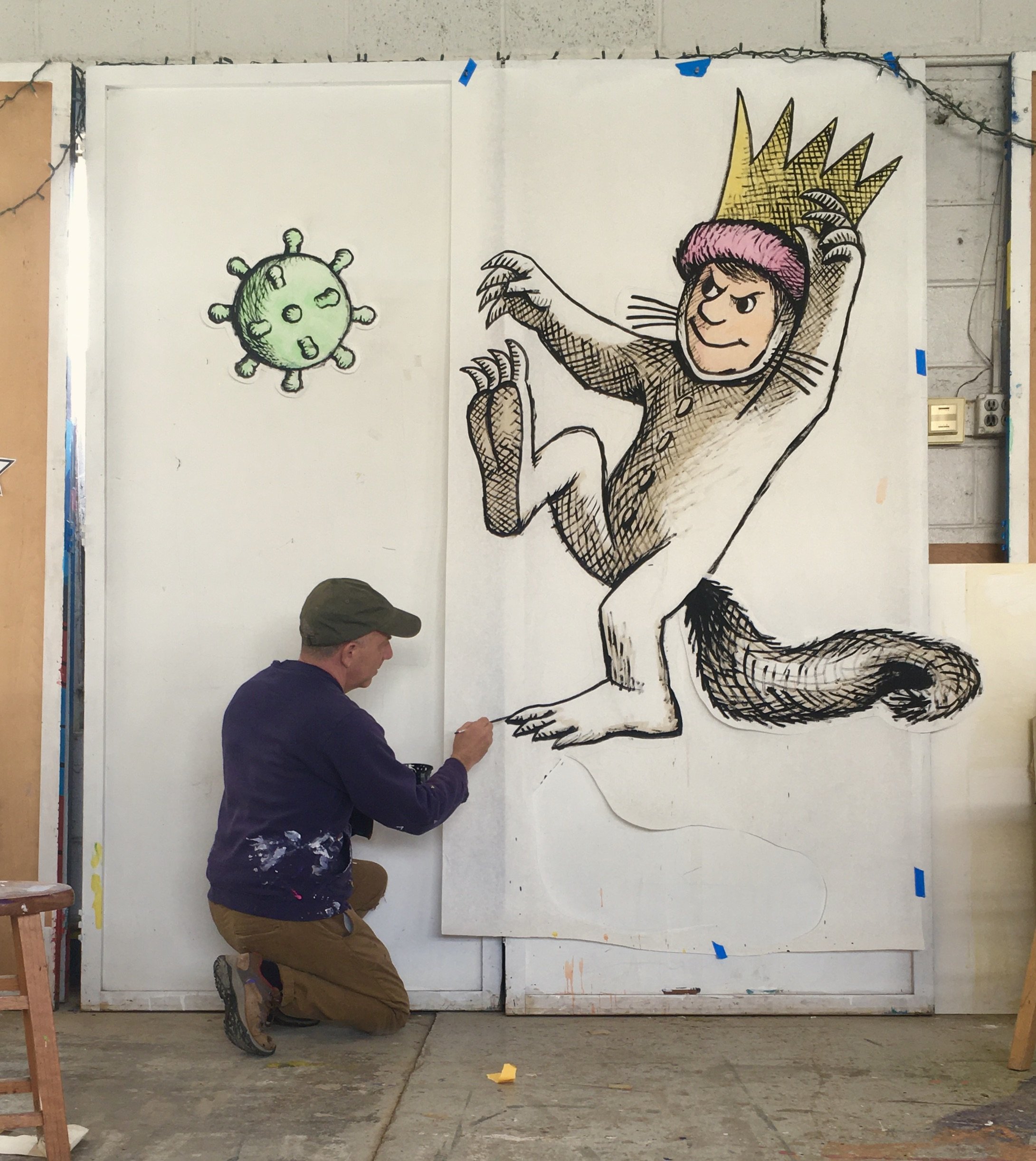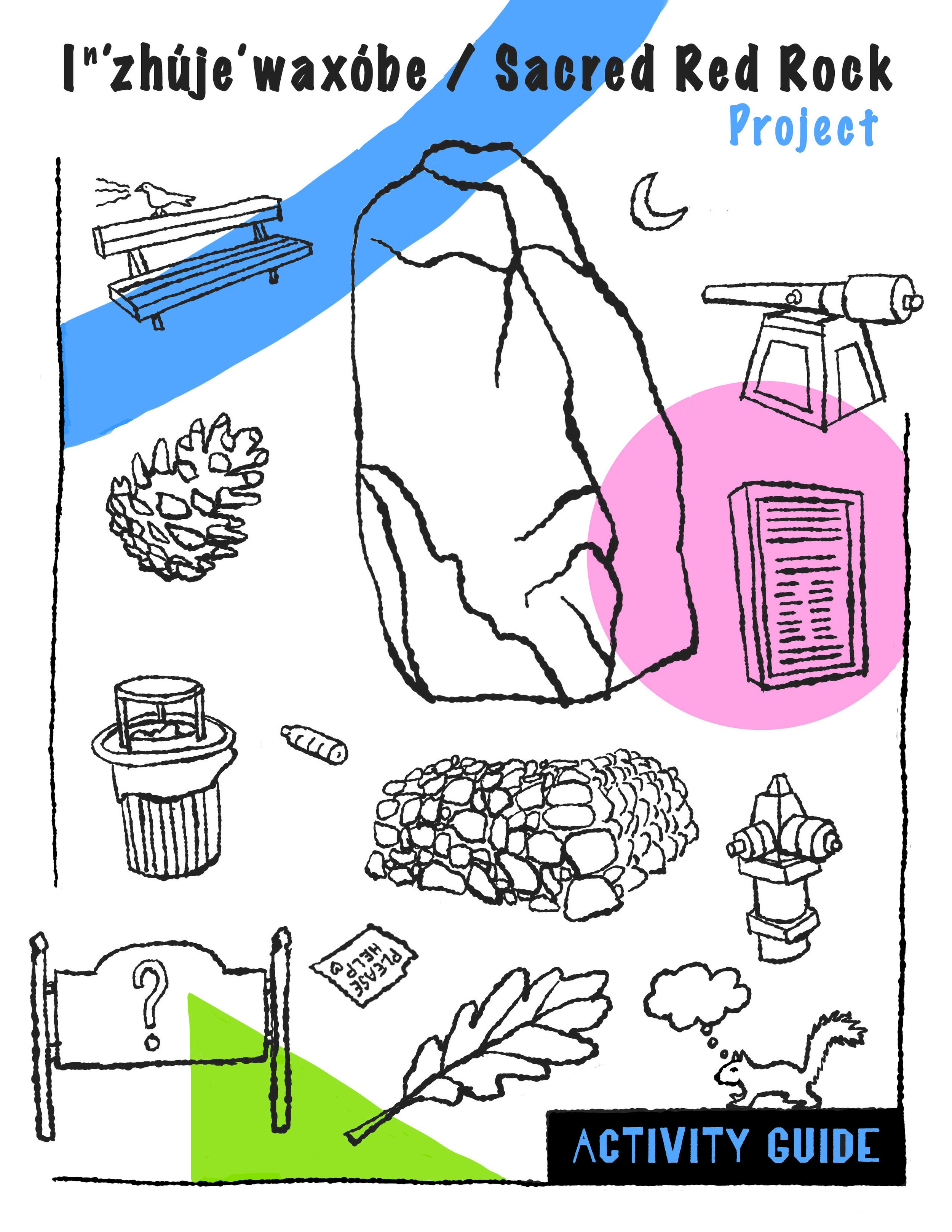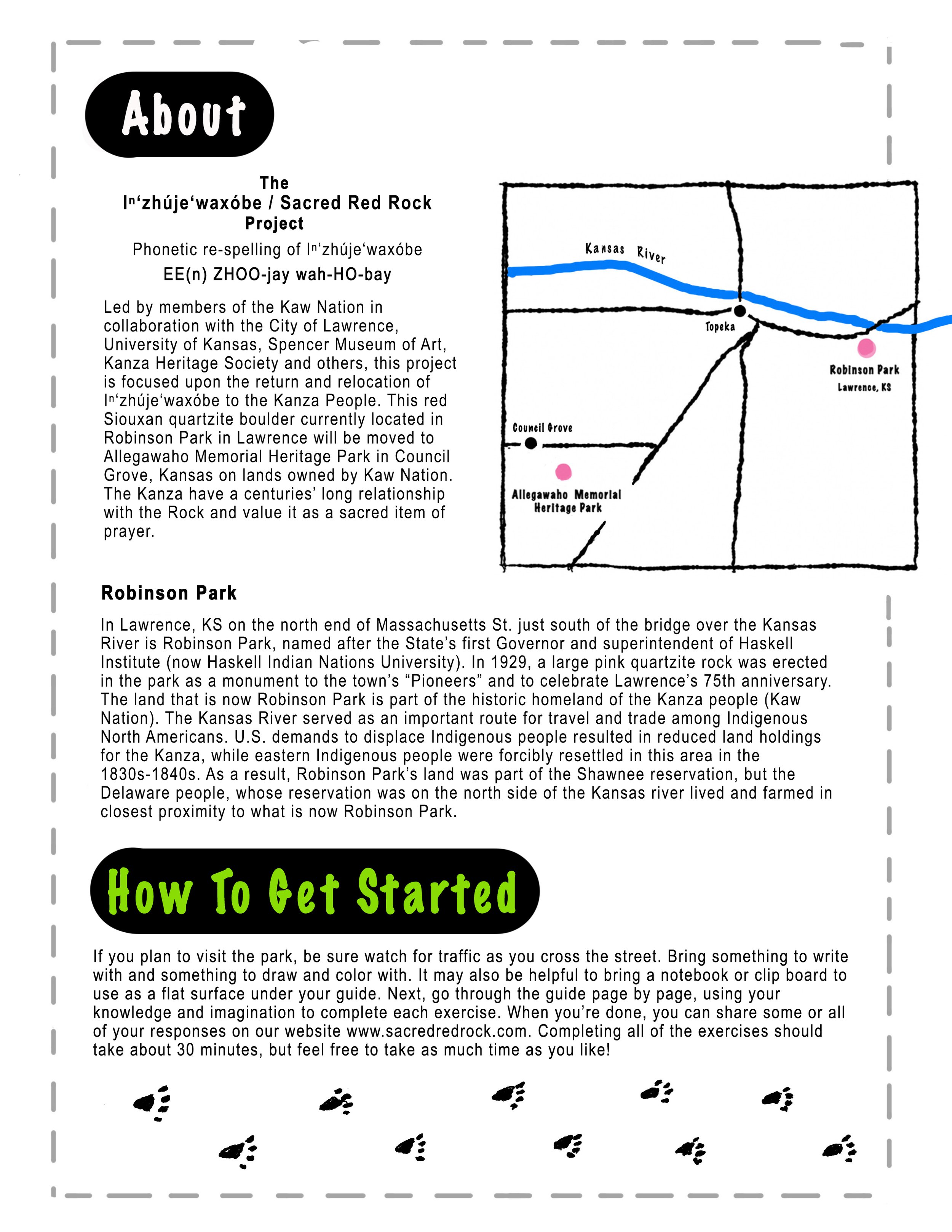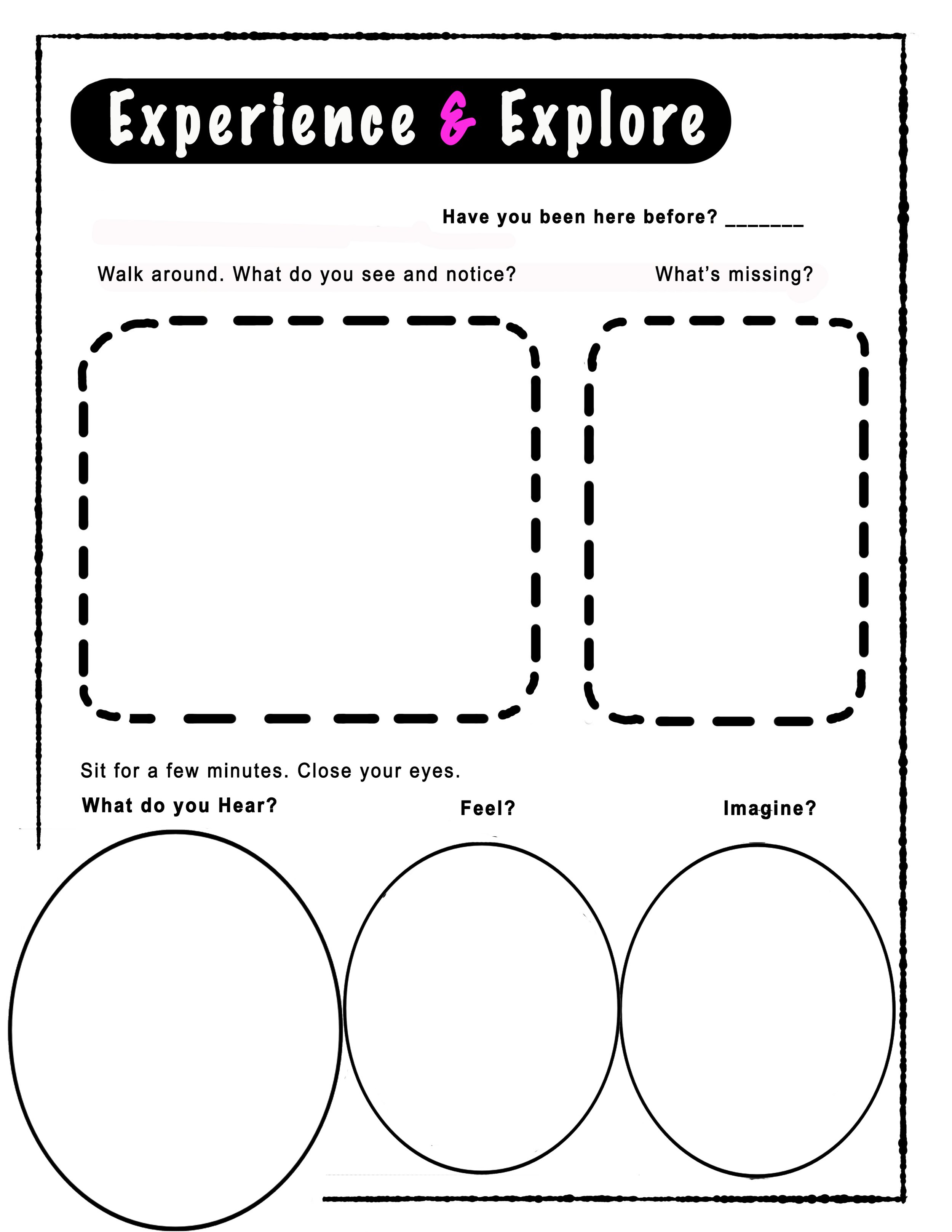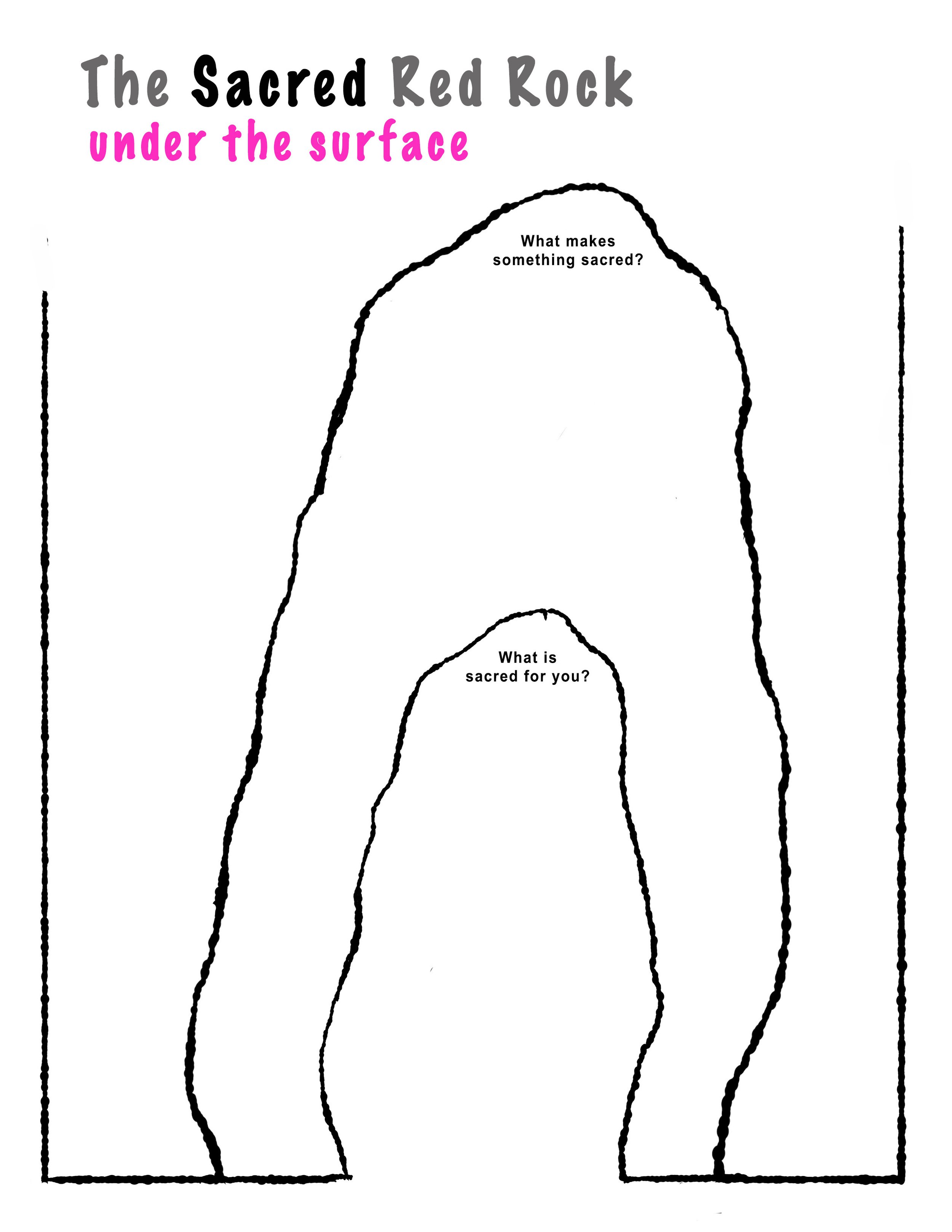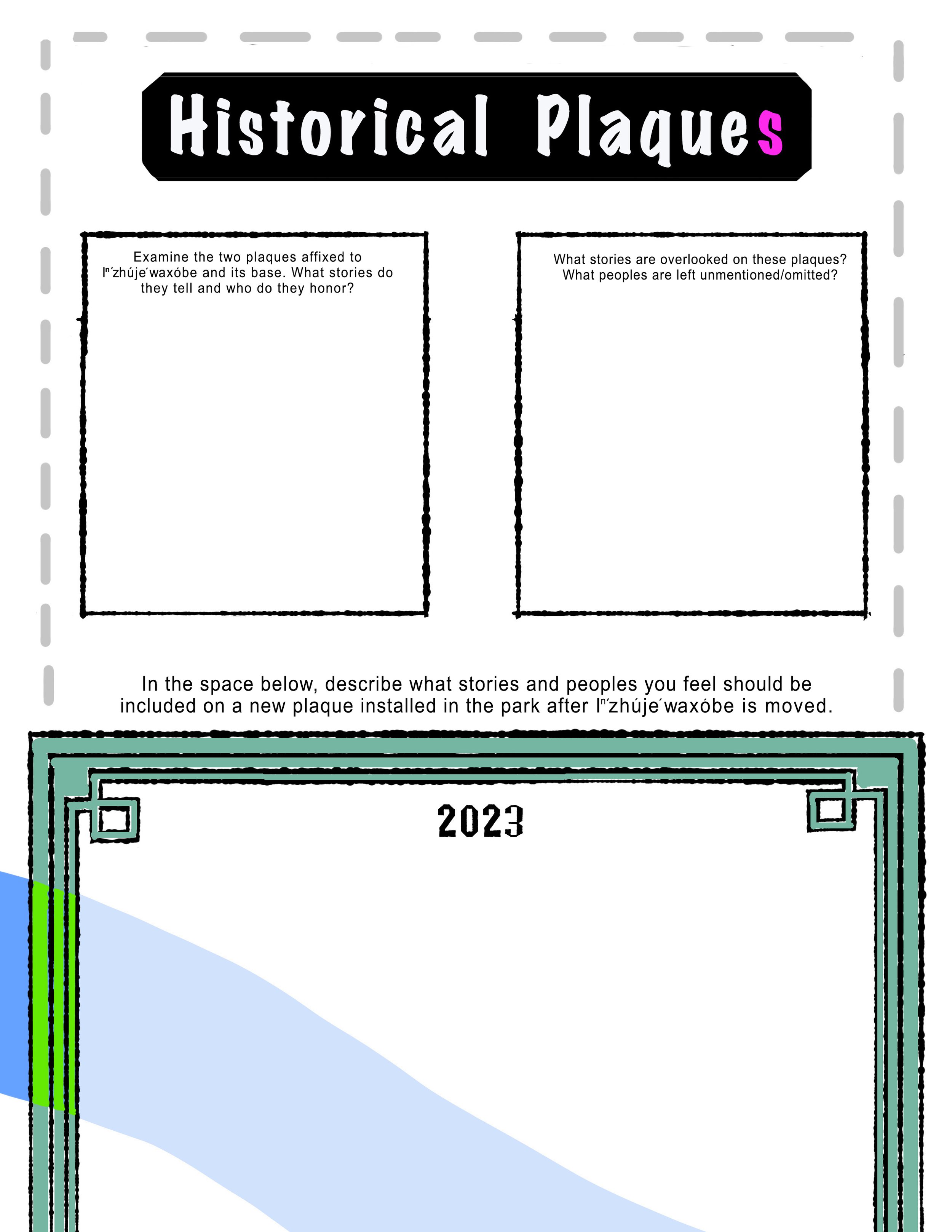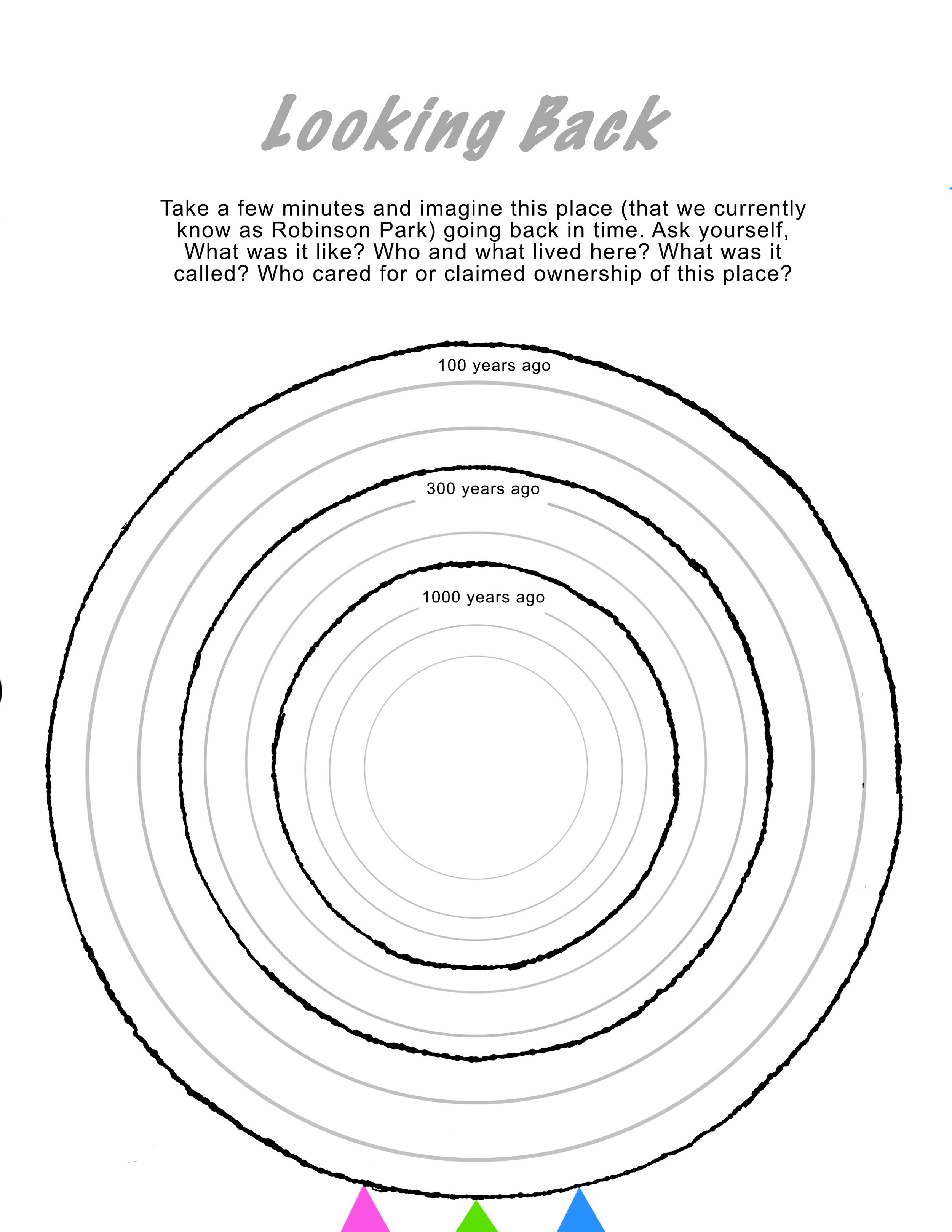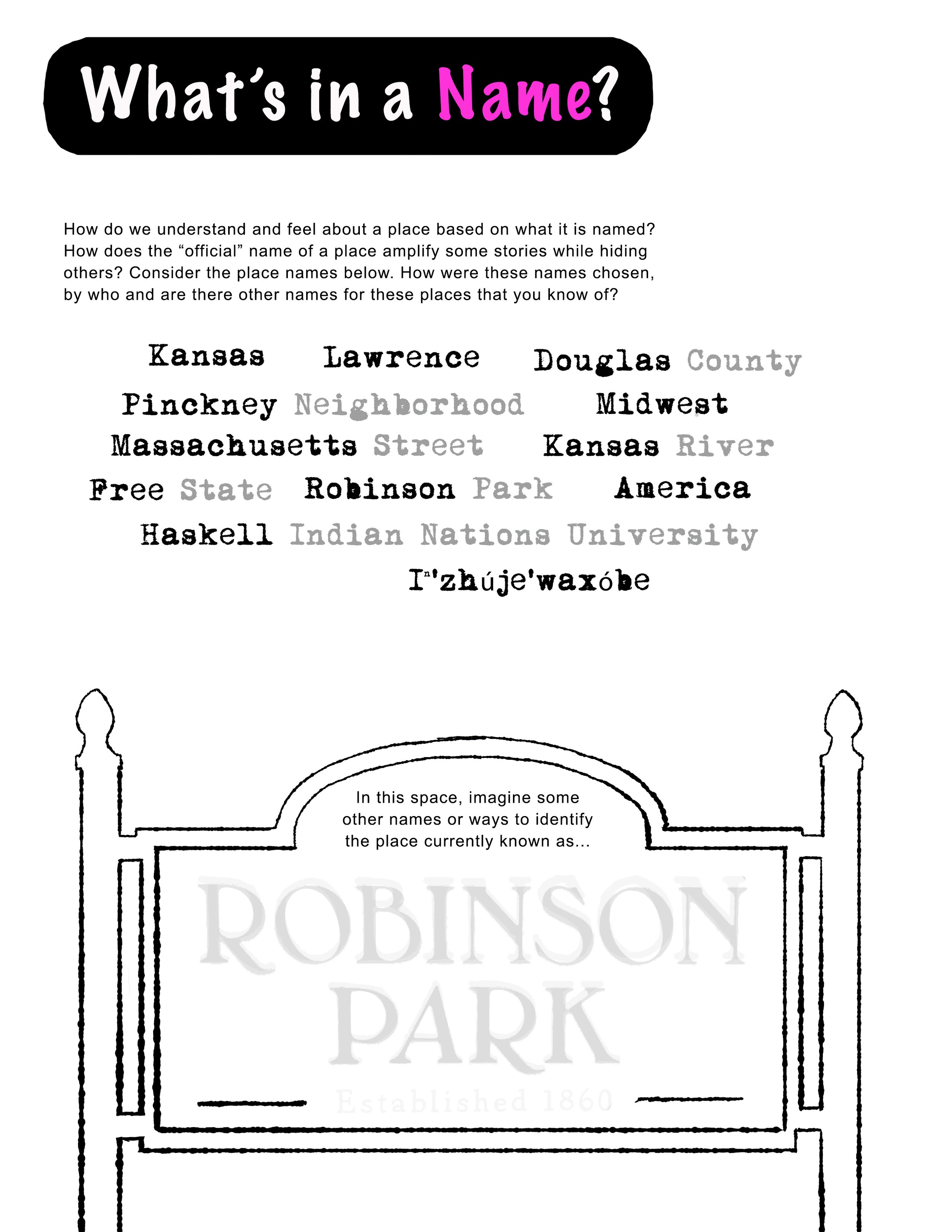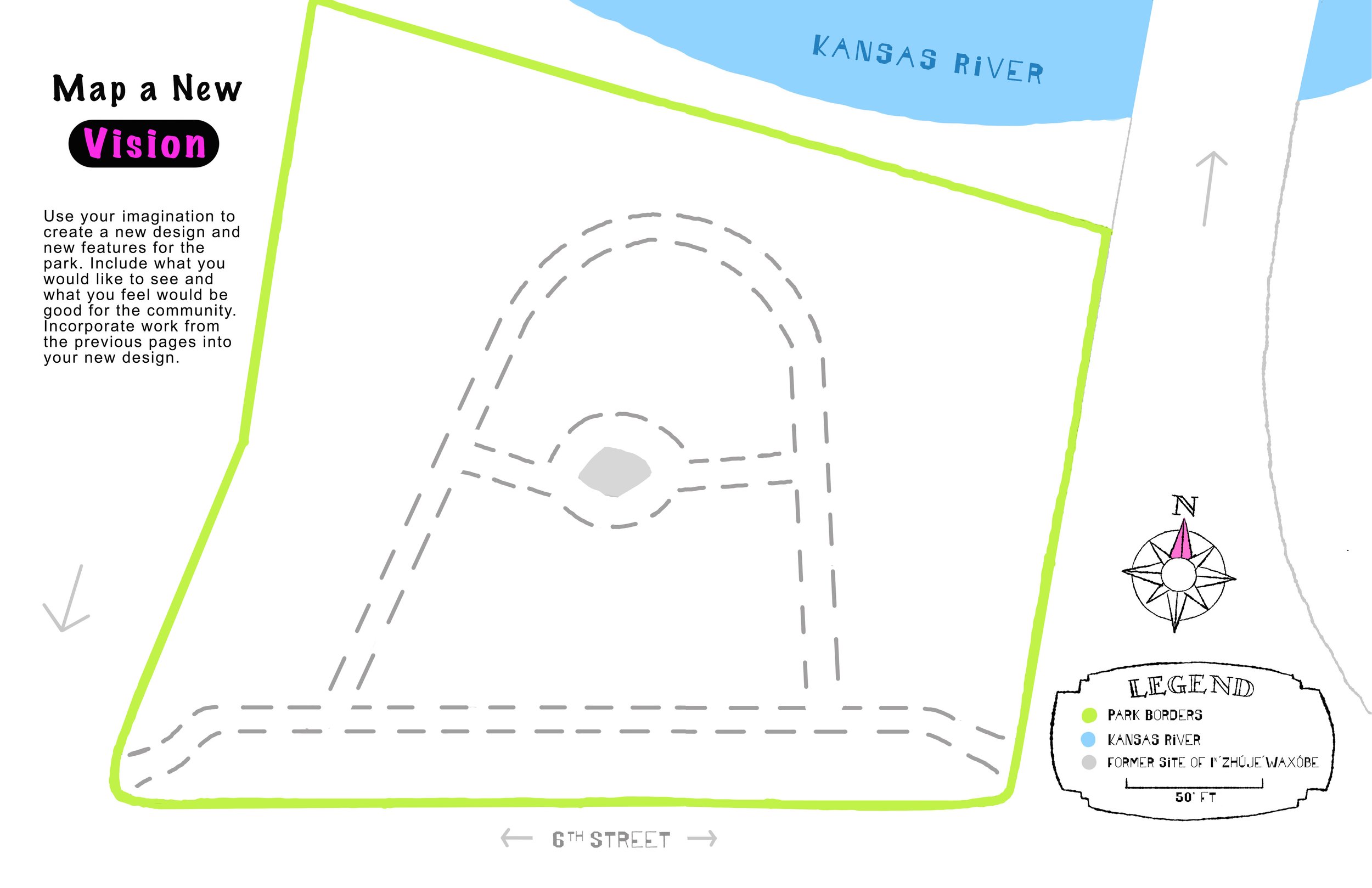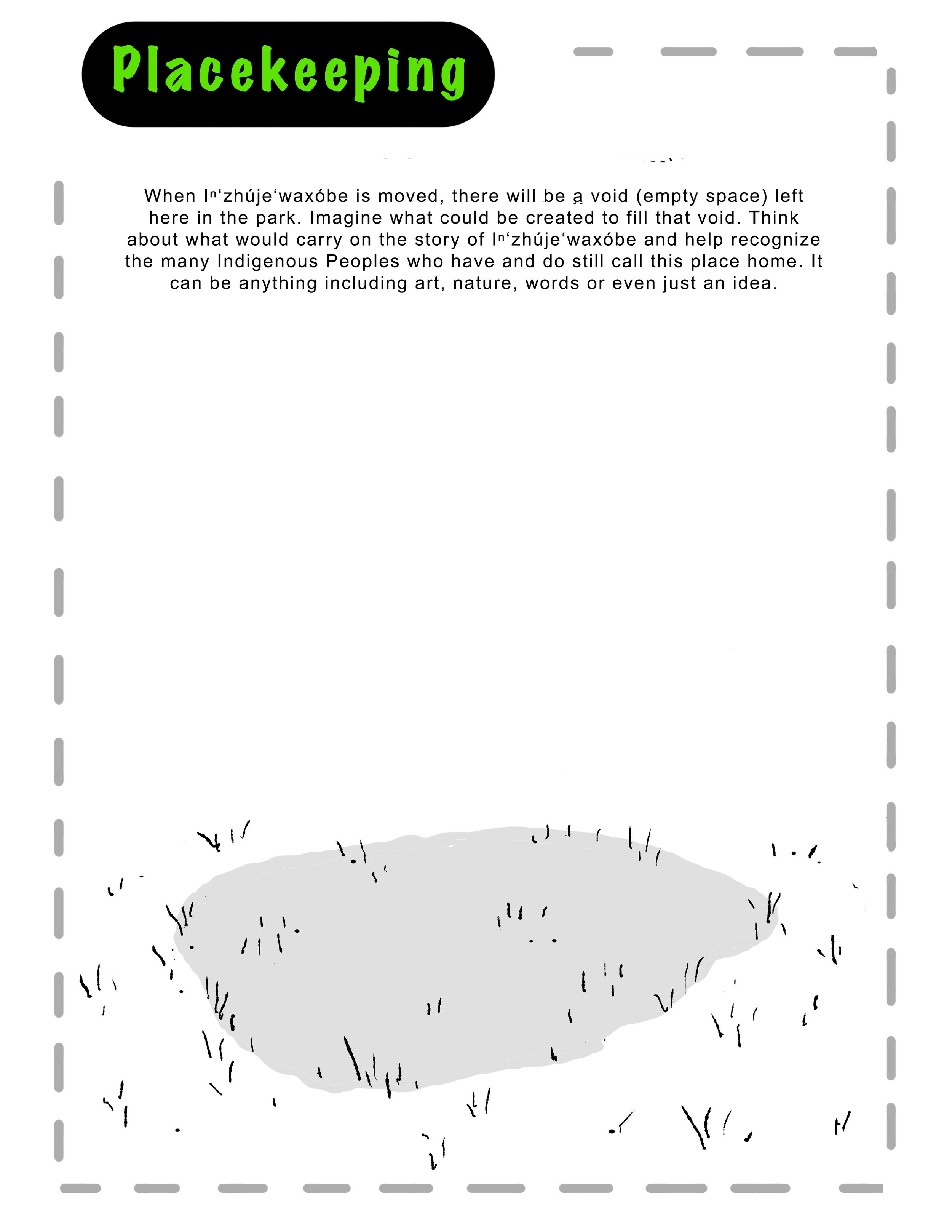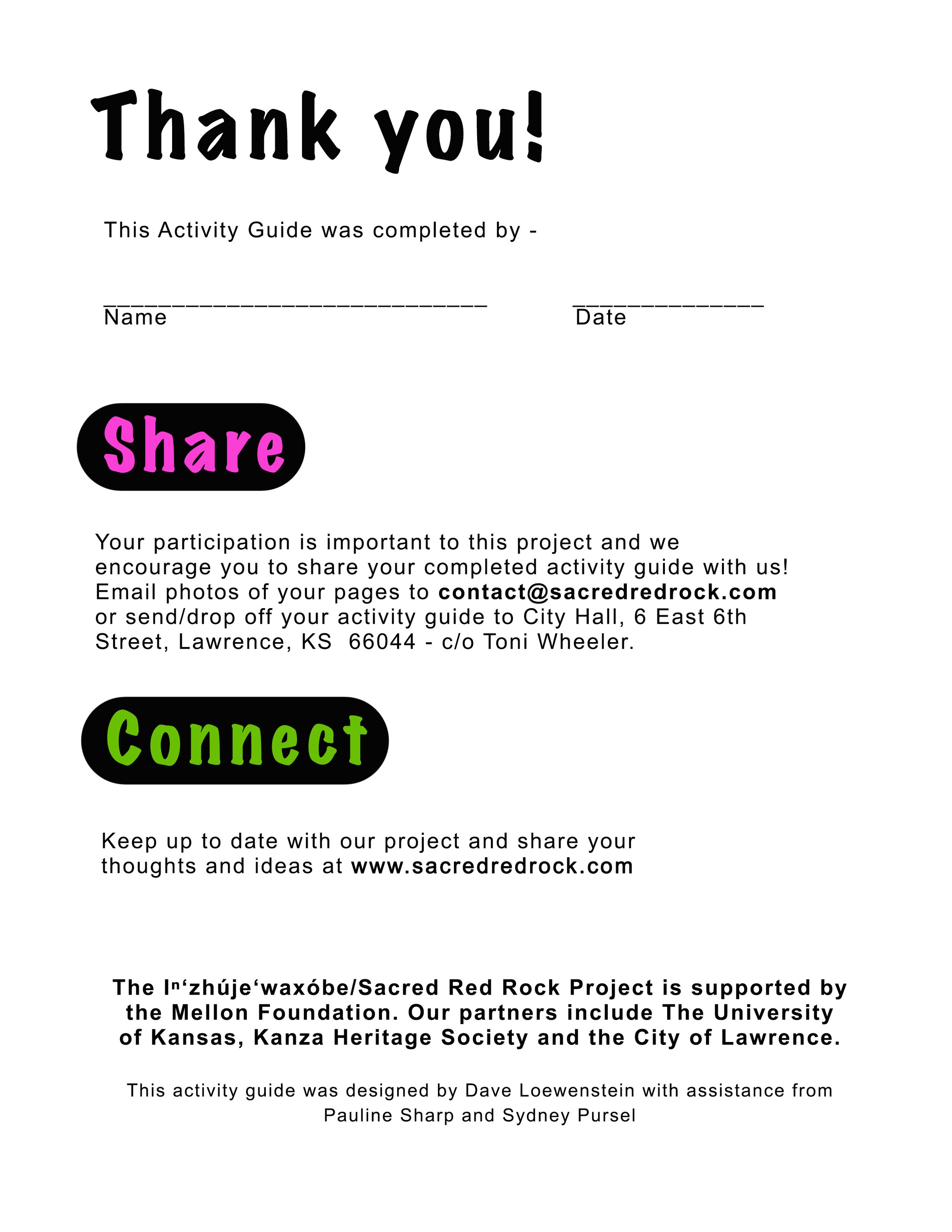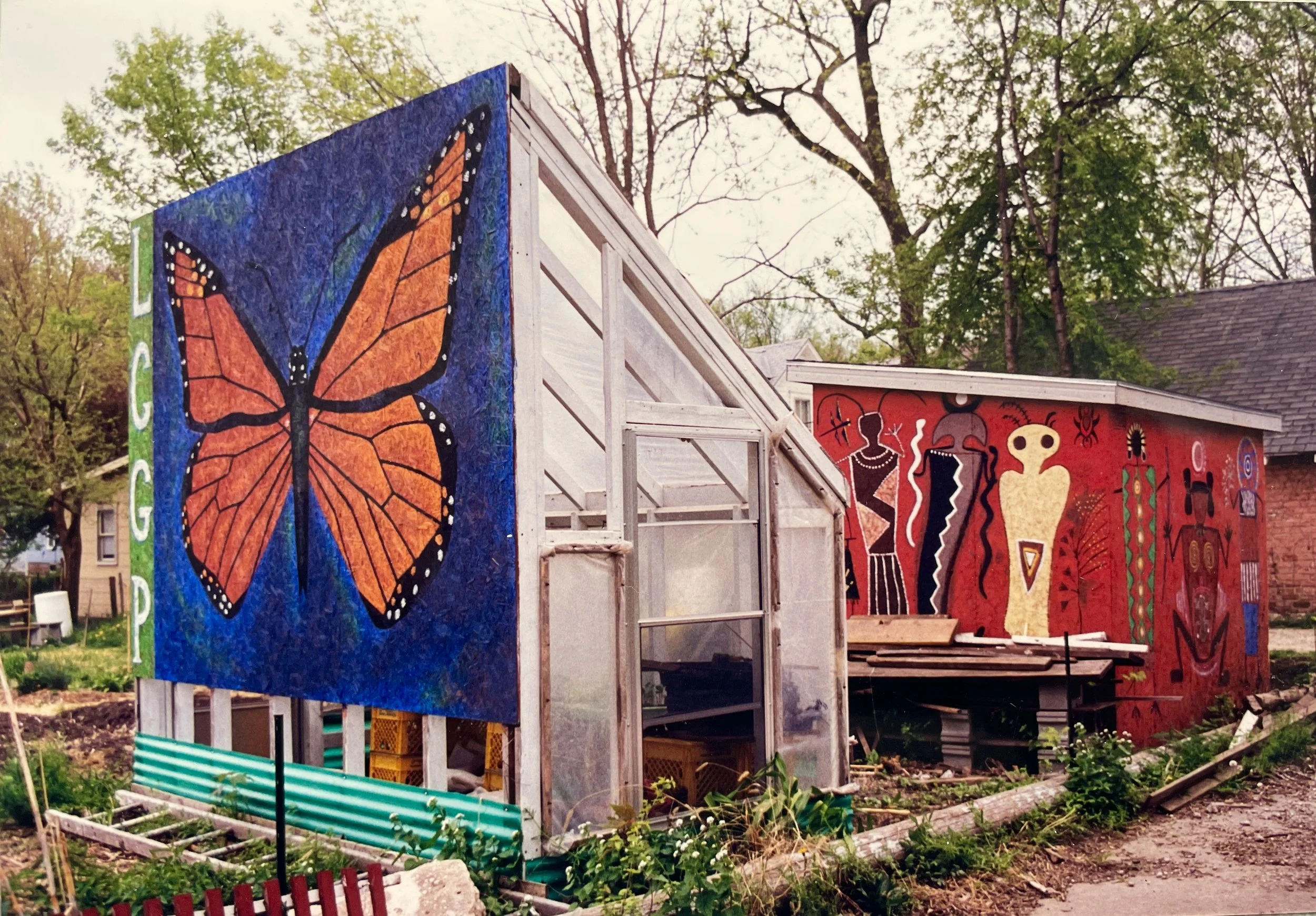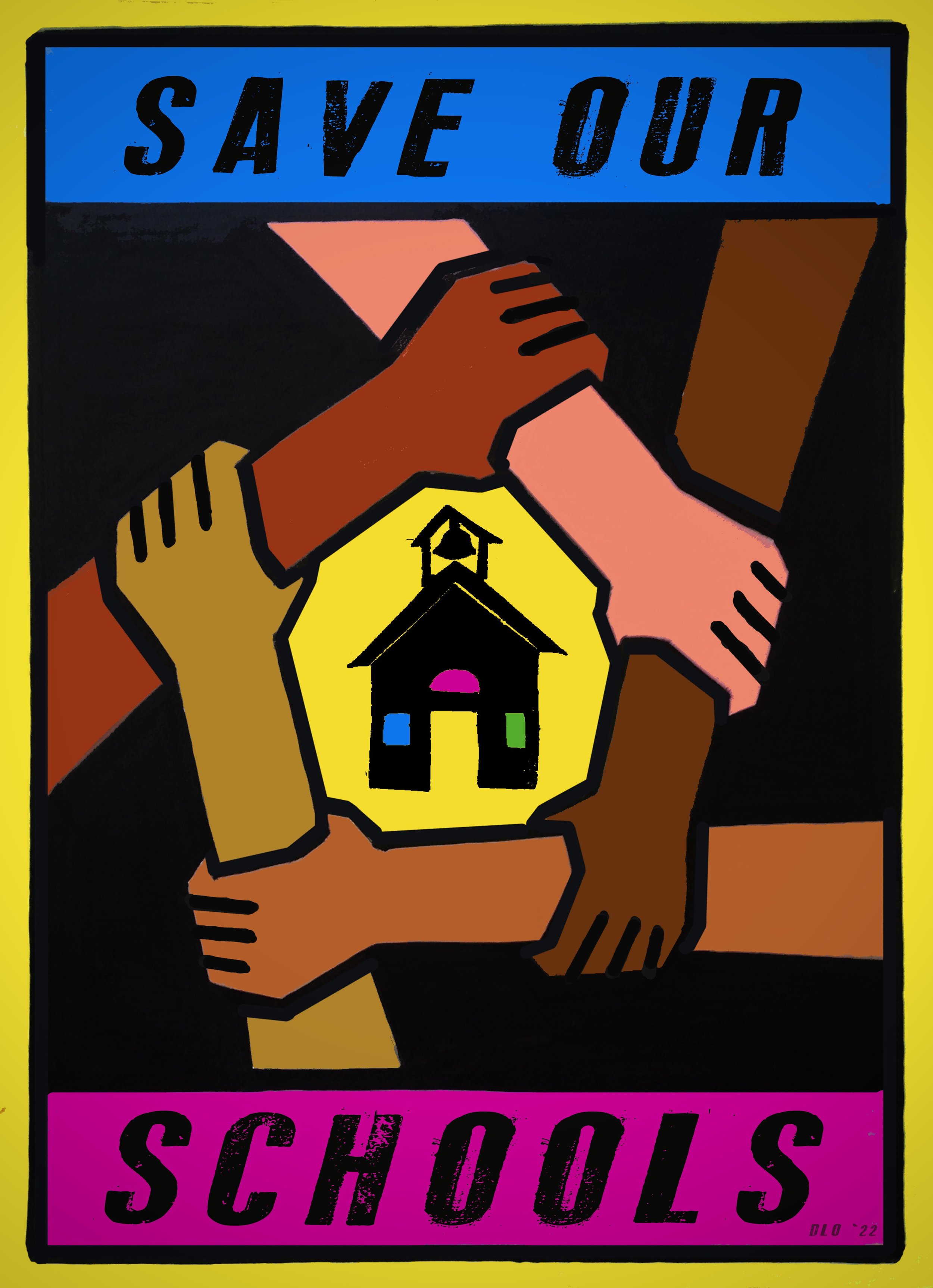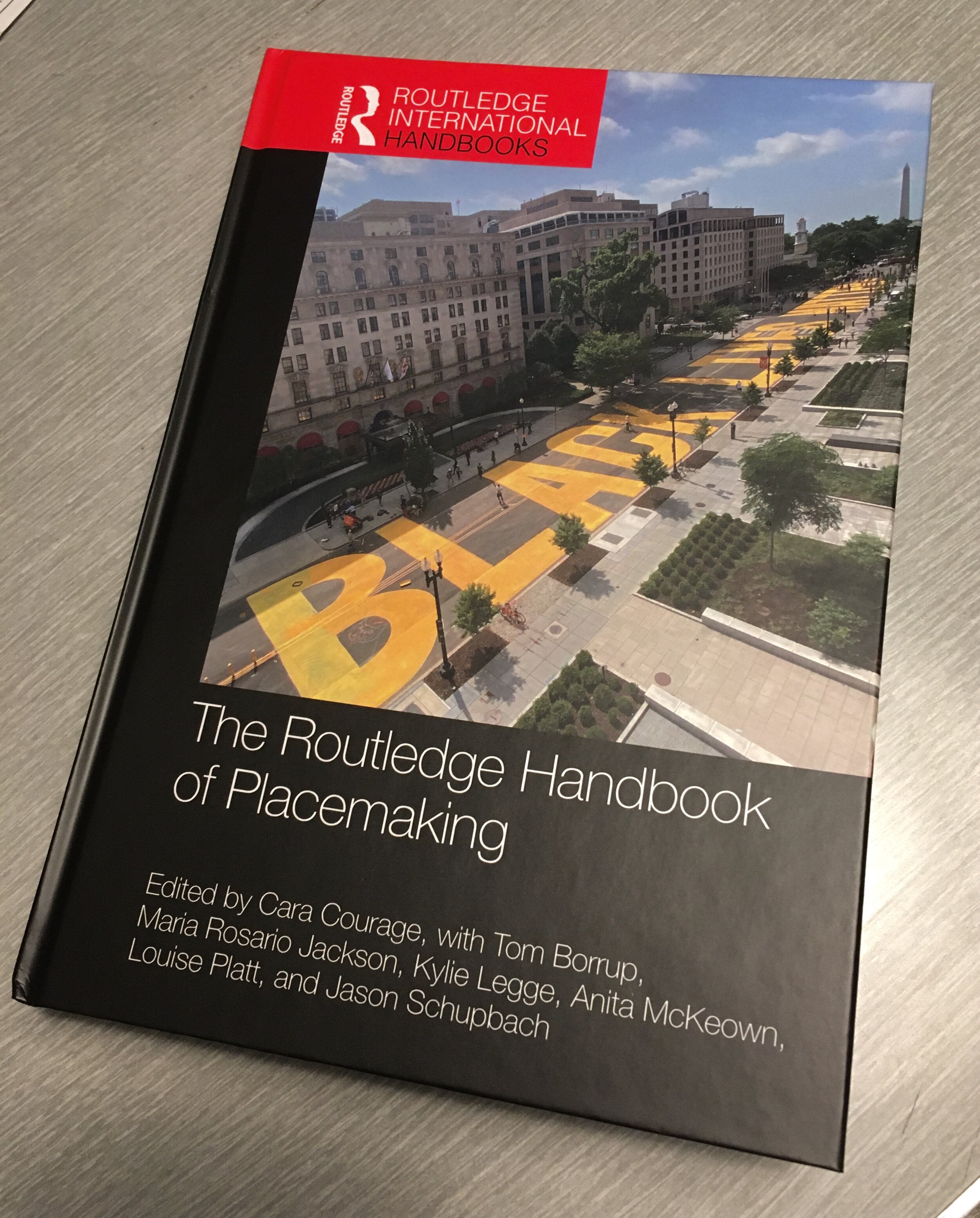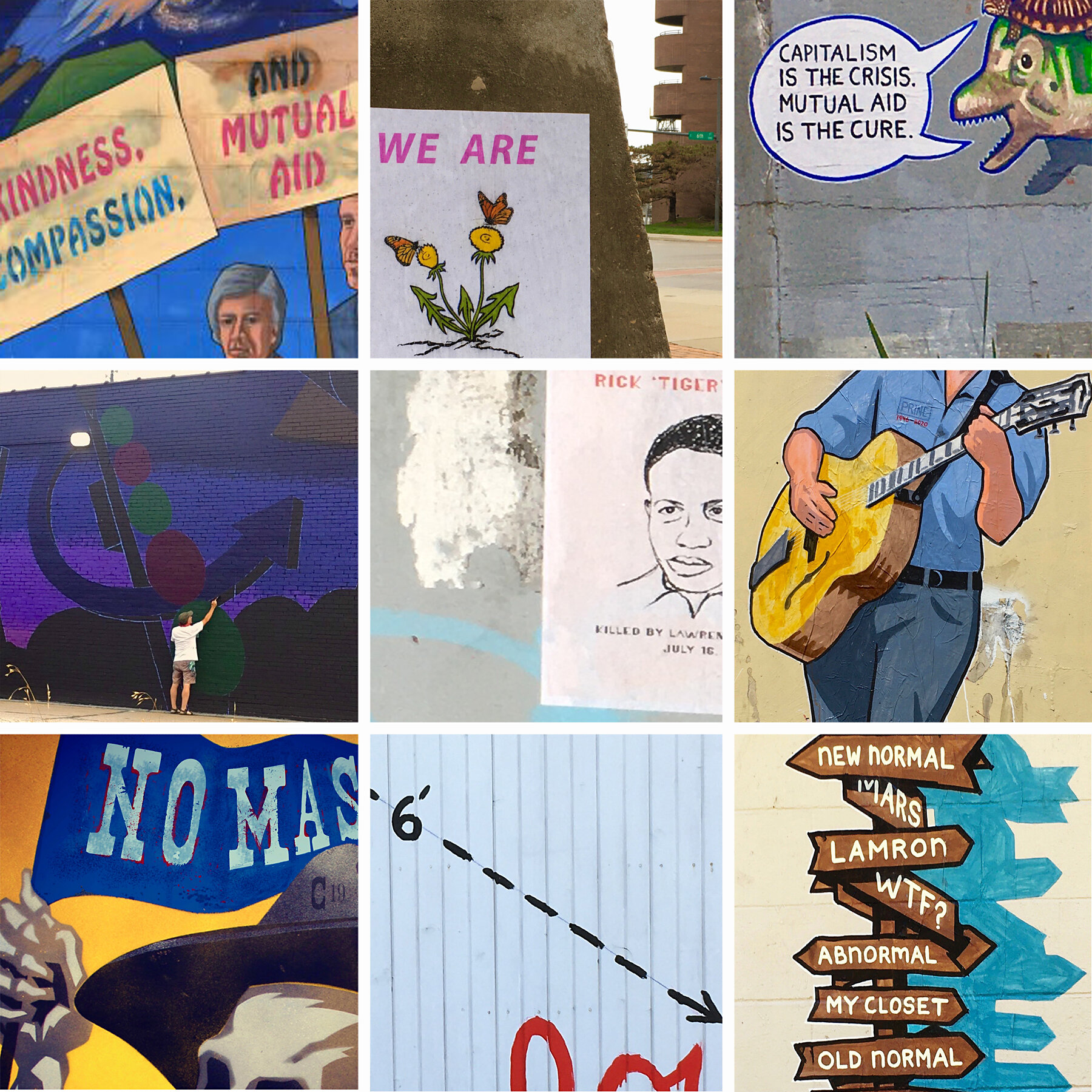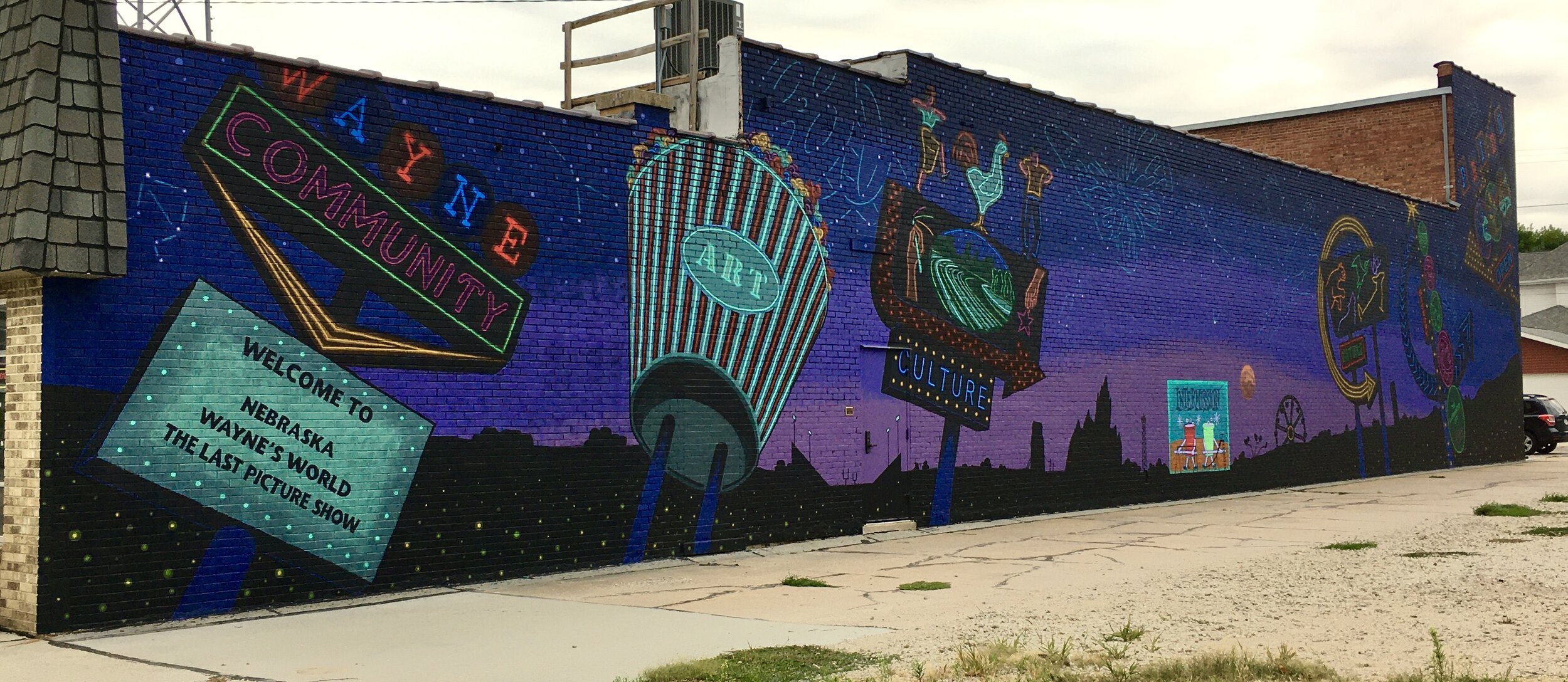Lawrence has a full menu of stimulating places to get a caffeine fix. There are at least eleven coffeeshops in the ten-block downtown area between 7th and 11th streets, and a place to suit just about any taste or fashion. We’ve got uptight-corporate, upscale-local, funky-hip, high school-hippy, clean-Christian, family friendly-studious, and brooding-alcohol optional to choose from. All that’s missing is the old Jennings Daylight Donuts with a .40 cup and quarter refills.
Since the implementation of the smoking ban, coffee with cigarettes is out the window. However, you are free to fire up your laptop in Lawrence’s expanding coffeeshop ‘hotspots’ Check out these caffeine dens lately though, especially the ones with wi-fi, and you are likely to find a scene more akin to a telemarketing call center than a social gathering place. Thanks to the wireless internet, coffeeshops have gone oddly quiet.
All up and down Mass. you see people transfixed by the glow of their LCD screens and wired up to their ears. Mutes to the world around them, they comment on the latest blogs or google their potential and ex -lovers. Shopping, job searching, or just wandering through the ether but often unable to make eye contact with the person right in front of them. I wonder sometimes if all this digitized stuff in the air, these virtual conversations, banner ads, and gonzo porn-cams, is scrambling our brains and impregnating the lattes and cappuccinos with a compulsion to do the equivalent of drunk-dialing via e-mail.
Lo-fi Java
There are hold-outs to the trend, those modern-day luddites, who either aren’t interested in or can’t afford the gadgets. They come to the coffeeshop to interact with living breathing humans, read the newspaper, warm up, cool down, or just hang out to see what happens. For most of these retro cats, their work is elsewhere. They can’t bring it into the coffeeshop, or they’re just trying to escape the computer they’re already tied to for eight hours a day.
When I stopped in the clean, local, and sometimes hip La Prima Tazza last week , it was about 6-4 on the side of the wi-fi titaniums. The remaining four lo-fiers were sitting at a back table. Among them, was a social worker who had gone back to school after an eighteen-year absence so he could help out the drunks and addicts he knew from his recovery meetings. He got his masters degree, but grad school didn’t turn out to be all he had hoped for. So, after graduating and getting his social worker’s license, he went back to his manual labor job where he makes twice as much.
Next to him, was a middle aged divorced father of two, who is 3 1/2 years away from retirement. After flunking out of KU, “with 24 hours of F’s” in the early 70’s, this Tonganoxie native took a job with the railroad at the Burlington Northern Santa Fe switching yards in Kansas City, Kansas. Thirty-two years of assembling and disassembling freight trains. There are worse jobs, he says, and anyway he’s got seniority now, benefits, and soon a pension.
Across the table, looking a little like Ben Franklin with long hair where it still grows, was a thirty-year veteran of the Lawrence music scene. Among the bands he fronted back in the pre-MTV days, were the Rumblebugs, Circuit Breaker, The Spiders, Good Question, The Tonganoxie Red Water Band, and Scuzbucket. He was just out-front sitting on a bench with his guitar, playing songs from his new CD “The New Swirl Sound” for an audience of passersby, dogs tied to parking meters, and smokers in front of Liberty Hall. Looking at him, you’d expect a rough and weary voice, but what comes out is more like a cross between Buddy Holly and Elvis Costello.
And sitting in the corner, there was the requisite coffeeshop artist. That sneaky looking guy always scribbling in an oversized black book, and never showing anybody what he’s doing. At the back table, the ex-social worker, railroad man, and musician tolerate him. They tolerate his moodiness, and how he spreads his fishing tackle box full of art supplies, portable lamp, three drinks, and the current panel of his epic graphic novel “Zinky Evans and the Spiritual Time Machine” across the table they’re trying to share.
He’s been drawing comics since he was in high school, when his dad used to berate him with advice like “You’d be better off buying a box of rubbers than that Mad Magazine.” A student of the great masters of art, his comics are a post-modern mix of figures from classical sources with characters inspired by his comic book heroes Wally Wood and R. Crumb. The semi-fictionalized accounts he creates about his life and work are in the vein of graphic novel memoirs like “American Splendor,” the difference being that he does both the writing and illustration of his story.
Jim-of-all-Trades
Some of you are probably wise to my conceit here. You’ve put it together that these four guys at the back table , the comic book artist, veteran musician, railroad man, and minor league social worker are actually embodied by one guy - the coffeeshop regular, jack-of-all-trades, neo-renaissance dude, Jim Lee. Jim is a lo-fi kind of guy, but he isn’t averse to technology. He plugs in his Gibson to a little amp out in front of the coffeshop in the summer, and he’s even got a website where you can hear a few of his latest tunes and check out pages from his comics. Jim says he comes to the coffeeshop to get out of his head so he can work his art, maybe stumble into a good idea, or chat about the weather and the world with whoever shows up.
Jim is the real deal. He considers himself an artist / musician who pays the bills working for the railroad. No Sunday painter, Jim is one who does art to live - as opposed to make a living. He doesn’t make money from his art, rarely shows his work, and although he no longer plays the bars or has his own band, he is as passionate today about his art and music as he ever has been.
In the published correspondence “Letters to a Young Poet” between a young German soldier and the poet Rainer Maria Rilke, the soldier asks if his poems are any good. Rilke replies, “A work of art is good if it has arisen out of necessity.” Jim Lee’s songs and comics are just that, as necessary to his well-being as the sun is to a healthy garden or people talking about the weather are to a good coffeeshop. (originally published in the lawrence.com deadwood edition in 2006)


